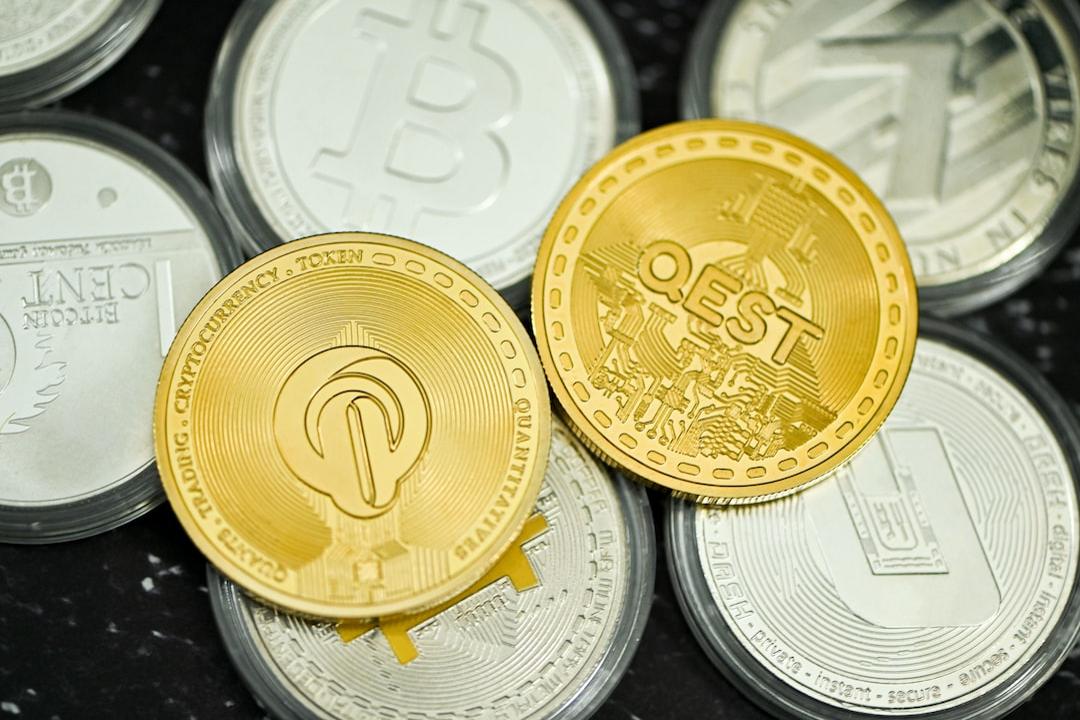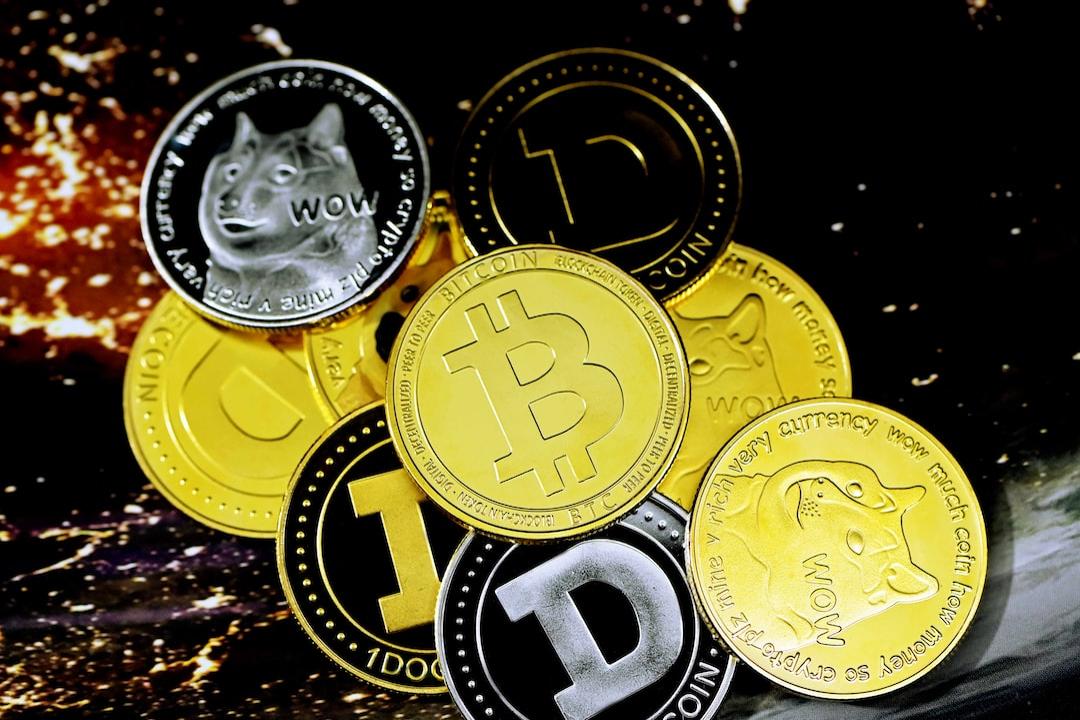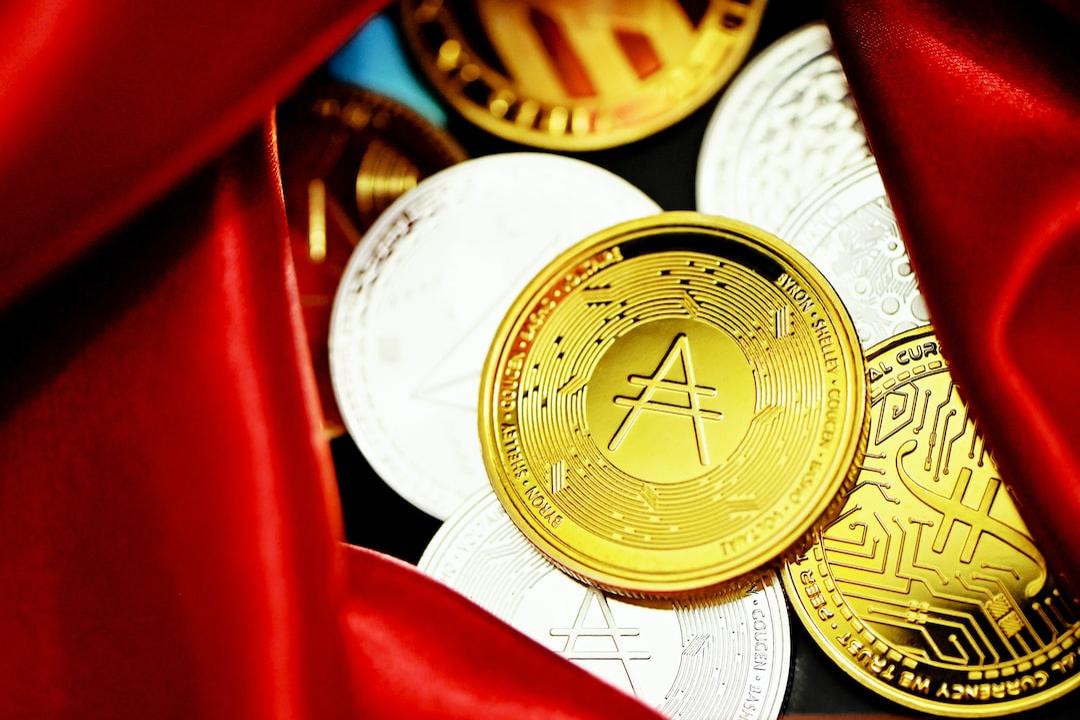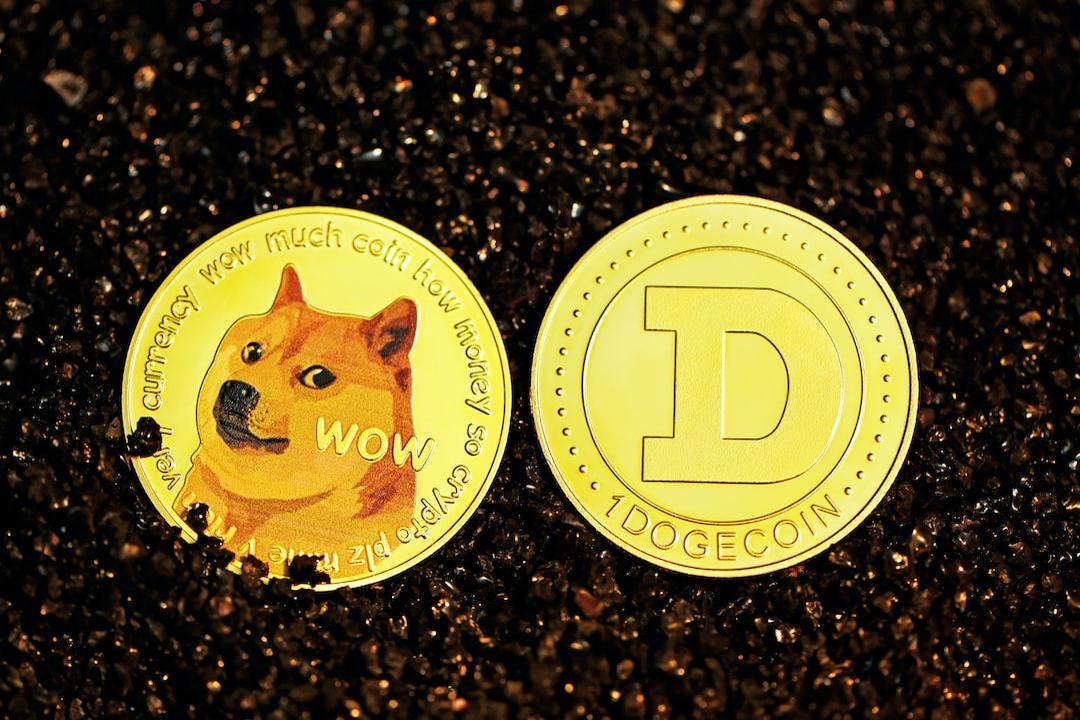As the market refocuses on practical value, decentralized finance (DeFi) is regaining momentum.
From stablecoins to intent execution layers, innovations are entering the fast lane. Here are 10 key insights into the future development of DeFi. This article is sourced from a piece by Delphi Digital, organized, translated, and written by PANews.
(Background: Can Sonic be reborn in the DeFi world? A glimpse of popular ecological projects, airdrop participation, and token economics)
(Supplementary Background: Survival Guide in DeFi’s Dark Forest: Don’t Let Smart Contract Authorization Become an Asset Trap)
1. Consumer-grade DeFi applications are on the way
Cryptocurrency payment cards are evolving from simple withdrawal channels into self-custodied smart contract wallets that can directly interact with DeFi protocols. New cryptocurrency payment cards such as Gnosis Pay, Argent, and Fuse support programmable spending, automatic reloading, and integration with lending protocols, making the vision of unbanked access closer to reality than ever.

2. zkTLS opens a new frontier for DeFi
Zero-knowledge TLS (zkTLS) technology allows users to prove sensitive data on-chain without exposing private information. Projects like 3Jane (credit lending), Camp Network (customized user experience), and Showdown (Web2 games) are leveraging zkTLS technology to expand DeFi into new markets. This may drive on-chain credit scoring and low-collateral lending functionalities into the mainstream.

3. Revenue-sharing stablecoins reshape the market landscape
Stablecoin issuers are generating massive income through reserve interest, while DeFi projects are disrupting this model. New stablecoins such as M⁰, Agora, and Paxos USDG share revenue with applications, incentivizing wallets and DeFi platforms to integrate. This model could promote the decentralization of stablecoin issuance and reshape the competitive landscape through reward distribution to partners rather than relying solely on network effects.

4. DeFi value shifts from protocol layer to front-end
The value of DeFi protocols is shifting towards entities that control exclusive order flow, particularly wallets and intent-driven front-ends. Platforms like Jupiter and Phantom are positioning themselves to monetize order flow, aiming to redefine value distribution in DeFi. As the MEV supply chain matures, the competitive focus will shift from DEX to front-end, with distribution capabilities becoming key to value capture.

5. 2025 will be the year of DEX growth and aggregator-driven trading
With rising DEX trading volumes and aggregators redefining execution methods, on-chain trading is undergoing a significant transformation.
- Angstrom aims to tackle MEV and LVR issues;
- Bunni v2 enhances passive liquidity strategies;
- Whetstone Research innovates token issuance mechanisms through Doppler.

6. Uniswap’s strategic layout
Uniswap is transitioning from a single DEX to a liquidity infrastructure for DeFi:
- The Hooks feature in Uniswap Labs v4 supports AMM customization, automatic LP management, and advanced order types;
- Unichain is a blockchain specifically designed for DeFi, featuring high speed and MEV resistance;
- UniswapX is poised to become a major intent execution layer in the DeFi space.

7. DeFi trading paradigm shift
DeFi trading is evolving towards modular, intent-driven, and high-speed execution. New-generation DEX architectures are emerging to optimize liquidity, execution quality, and MEV protection:
- Valantis Labs offers a modular DEX framework supporting flexible exchange development;
- Arrakis Finance integrates OTC order flow via RFQ to protect LPs from MEV risks;
- Fluid utilizes “smart collateral” for leveraged market-making and automated fee optimization;
- Order book DEXs: High-performance public chains like Monad, Sui, and Aptos are achieving efficient order book trading.

8. Evolution of prediction markets
Prediction markets are no longer mere speculative gambling, such as:
- Limitless Exchange’s on-chain 0DTE derivatives provide efficient pricing and leverage;
- Truemarkets ensures fair outcomes through its Truth Oracle+AI-driven verification and decentralized governance.
With the development of these models, prediction markets could become core components of on-chain finance.

9. Development of Starknet
Despite facing challenges, Starknet’s low-cost transactions, staking mechanisms, and expanding ecosystem lay the foundation for its growth. Key catalysts include:
- Bitcoin rollup could establish Starknet as the leader in BTC Layer 2;
- Lower blob costs offer relative scalability advantages over other L2s;
- On-chain gaming is becoming a new adoption driver.

10. Challenges and innovations
Despite rapid developments in the DeFi space, several key challenges remain:
- High entry barriers: Limited support from centralized exchanges forces users to rely on cross-chain solutions or intermediary services;
- Insufficient token incentives: Many top protocols lack token or points programs, resulting in low user participation.
However, these challenges indicate that DeFi still has vast innovation space and development potential in areas such as:
- Low-collateral lending products
- Lending aggregators
- Interest rate derivatives
- On-chain securitization protocols
- Advanced prediction markets
Looking ahead, the next wave of DeFi will focus on enhancing efficiency, risk management, and the development of more advanced financial tools.



